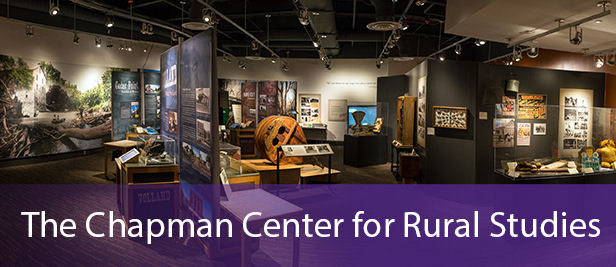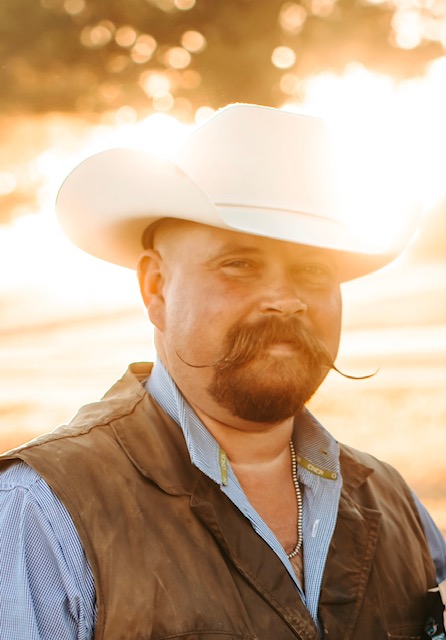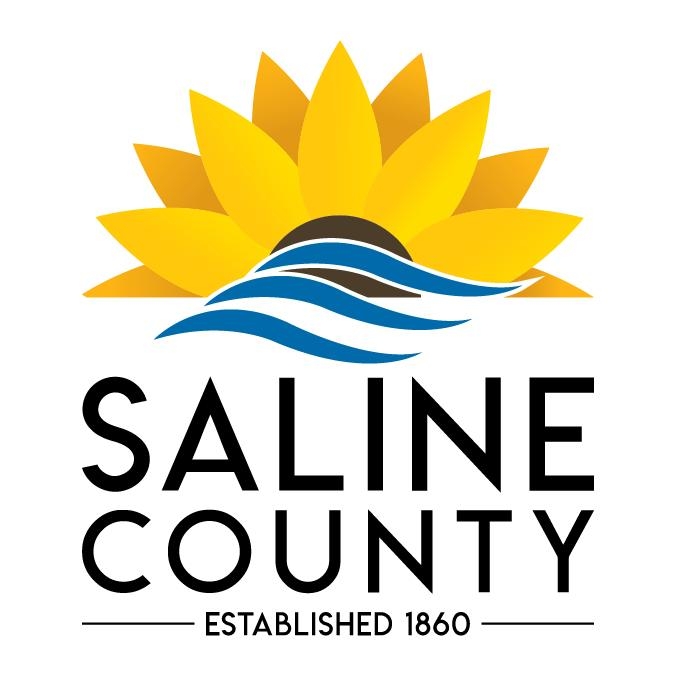Eight pilot communities across the state of Kansas will get help from four Kansas State University graduate students this summer in planning for their future by enhancing their past. The work is through the university’s Chapman Center for Rural Studies and its “Making the Leap: The Future of Small Historical Societies and Museums” project.
The project is led by Chapman Center Director Bonnie Lynn-Sherow, who was awarded a $100,000 National Endowment for the Humanities’ Public Access Grant in 2017. The four students selected as consultants for the project – Jacob Allen, master’s student in history, and Bradley Galka, doctoral student in history, both from Manhattan; Jessie Carmichael, senior in landscape architecture, Plainville; and Hailey Quick, master’s student in fine arts, Lafayette, Louisiana – will work in two teams over the summer and complete their fellowships in January 2020. The Chapman Center is part of the university’s College of Arts and Sciences.
Carmichael and Allen will be working with historical societies inJunction City, Dickinson County, Ellsworth and Wilson, while Galka and Quick will serve as museum consultants to Cherryvale, Clay Center, Council Grove and Matfield Green.
Allen and Carmichael’s projects include the following:
- The Geary County Historical Museum in Junction City has long served the county in collecting and disseminating its history. Curators are looking to bolster fundraising opportunities for the museum’s programming, digitizing and archiving collections, and planning for the preservation of the St. Joseph’s Church and Cemetery along Lower McDowell Creek.
- The Dickinson County Heritage Center in Abilene has a reputation for its visitor experience in the historical life of the Midwest. The center is planning a museum expansion with upgraded facilities to accommodate larger historical presentations for school group tours.
- National Drovers Hall of Fame in Ellsworth is currently a wall display in a shop featuring the history of the cattle trailing industry from colonial time to present day. Planning will help the National Drovers Hall of Fame reach its goal of becoming an economic driver for Ellsworth while preserving an important chapter in Kansas and U.S. history.
- The Heritage Museum in Wilson recently acquired a museum building after a fire destroyed the old museum and many of its collections. Community members are rebuilding collections and creating a space for genealogical research on a tight budget.
The projects Galka and Quick will work on include the following:
- The Clay County Historical Museum in Clay Center recently moved to a new space on the courthouse square. Staff and volunteers manage several historic sites and a large and growing set of collections. The museum seeks to enhance its permanent exhibits by integrating more technology and boosting its social media presence.
- The Morris County Historical Society in Council Grove currently serves nine towns with its collections. Members have an ambitious vision to enhance the society’s outreach with interactive exhibits, a digital archive and a website that will serve as both a research and entertainment tool while maintaining a conservative budget.
- Staff at Pioneer Bluffs, a historic Flint Hills ranch near Matfield Green, want to develop a plan for the ranch’s newly digitized archive collection – a current collaboration with the Chapman Center – and make it available as an educational resource for visitors and researchers as well as the basis for more informative programming.
- The Cherryvale Historical Museum documents the unique history of a town shaped by railroads and oil. Since 1964, the museum has been supported by generations of highly dedicated volunteers. The museum wants to take Cherryvale into the future by establishing a robust social media presence, recruiting younger volunteers and enhancing exhibits. Cherryvale is being drawn into the national spotlight through a new nationally released movie, “The Chaperone,” which was written and produced by the same team that created “Downton Abbey.” It is based on the story of Louise Brooks, a famous silent film star from Cherryvale.
Lynn-Sherow hopes that the eight pilot projects will encourage other communities to consider long-term planning for the next generation of museum visitors.
“The majority of the state’s collections are not in Topeka; they are in the more than 300 town and county organizations that have cared for them for decades,” Lynn-Sherow said. “We hope this project serves as a blueprint for sustaining those collections through professional management. We are grateful for this moment, for the anticipated effort of these four students, the help of the K-State Center for Engagement and Community Development, the American Association of State and Local History, and the wonderful staff and volunteers of our pilot communities. Let’s do this!”
The projects are being made possible by the National Endowment for the Humanities together with a $100,000 match provided to the Chapman Center through charitable gifts made to Kansas State University through the KSU Foundation. To learn more or to make a donation to the Chapman Center, visit k-state.edu/history/chapman.
The four student consultants selected to work with the communities are bringing a variety of experience to the project:
- A veteran, Allen’s experience spawned an interest in historical reenactments and in developing artifact displays to help share what he has learned with the public. He now regularly takes part in the National World War I Museum and Memorial’s Living History of the Volunteer Corps, as well as events at other museums and historic sites.
- Galka is assistant editor of the Online Journal of Rural Research and Policy. Before coming to Kansas State University, he volunteered at the New York State Museum in Albany. Galka has worked at the Chapman Center since 2016 in several capacities, helping with a museum exhibit for the Flint Hills Discovery Center and as the lead researcher and writer for a memorial honoring World War II veterans from Riley County installed in Manhattan’s City Hall Auditorium. In addition, he recently completed transcription of a Flint Hills oral history book by Patrick Sauble and Lynn-Sherow that is now in press.
- Raised on a small ranch in the Saline River valley near Plainville, Carmichael grew up hearing stories of her family’s migration to Kansas, enjoyed outings to explore long-abandoned homesteads, and visits to Fort Hays with its century-old carvings made by the 7th Cavalry. She looks forward to the opportunity to help rural historical societies and museums make a positive difference.
- Quick’s work reflects her upbringing in the tight-knit communities of rural Louisiana. She is a graduate of the University of Louisiana, Lafayette where she studied printmaking and fine art. In 2017, Quick was awarded an ArtSpark grant with the Children’s Museum of Acadiana in Lafayette to create an interactive exhibit. Her work has been featured in issue 19 of The Hand and exhibited in multiple locations in south Louisiana and nationally.



